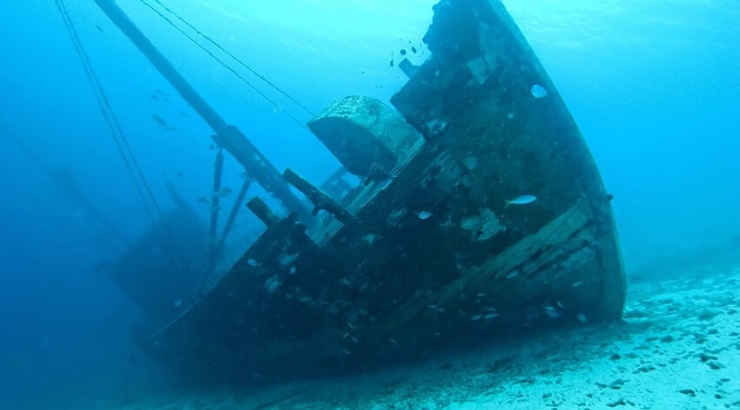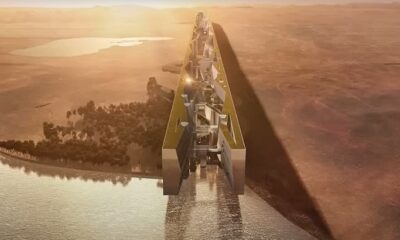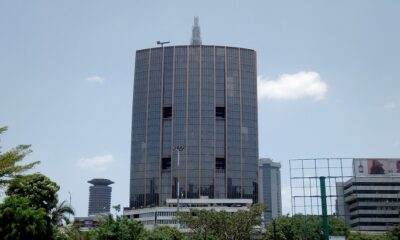Commercial Projects
Kenya plans underwater museum to showcase ancient shipwrecks
The facility will be the first of its kind in the sub Saharan Africa.

A Portuguese ship that sank in the 16th century has been at the bottom of the Indian Ocean for centuries, but soon tourists might be able to explore the ruins under the water.
This follows plans by the National Museums of Kenya to build an underwater museum at Ras Ngomeni in Kilifi, where the vessel sank in 1516, making it the oldest shipwreck in Kenya.
The museum was initially envisioned eight years ago after the discovery of the relics by underwater archaeologist Caesar Bita, the head of archaeology at the NMK Coast region, but the plan was delayed to allow the search for more shipwrecks along the Kenyan coastline.
In March 2012, the NMK disclosed that designs of the proposed museum were being prepared with the help of US architects and that a budget for the project was being discussed.
The underwater museum – the first of its kind in the sub Saharan Africa – will be dedicated to studying shipwrecks and marine life; including several species of fish, turtles, and dolphins that inhabit the shipwrecks.
Human remains from the shipwrecks will also be archived in the museum records.
“Apart from studying shipwrecks that happened in the Indian Ocean Coast, we will also be studying the marine life that exists [there]… Construction is set to begin soon and it is expected to be fully operational in the next two years,” Dr Bita said.
Initially, the Kenyan underwater museum would have been the first of its kind in Africa, but this accolade went to Egypt – which built an underwater gallery to ease pressure on coral and marine life in the popular diving site in Dahab, a tourist town north of Sharm el-Sheikh.
Although the designs of the gallery are yet to be divulged, most underwater museums feature an above water section to display recovered relics, with underwater tunnels, running several feet below the surface to give visitors access to the antiquities buried in the water.
“We want to develop these wrecks in a way that tourists can visit them under water,” Dr Bita told the Business Daily in an interview, adding that some relics cannot be pulled out of water.
“The sea offers a conducive environment for their survival. If brought out they can decay.”
READ: Richard Leakey commissions Sh10bn Turkana museum
Presently, Kenya has displays at the Ngomeni, where tourists see the wrecks on land, but NMK wants to give opportunity to sightseers to explore the relics under water.
“Once the museum is complete, we will have tour guides who will be guiding people under the water. Each wreck will have a placard that tells its history,” Dr Bita said.
Kenya has 33 documented ancient shipwrecks, 22 in Mombasa, eight in Malindi, and three in Lamu, although archaeologists believe there could be more.
“Some of the ships were carrying ivory, cinnabar and copper. Because of the conducive underwater environment these objects are still intact,” Dr Bita said.
If the project becomes a reality, Kenya will join the league of the United States, the United Kingdom, as well as China, which have some of the world’s largest underwater museum.












